Tidal energy
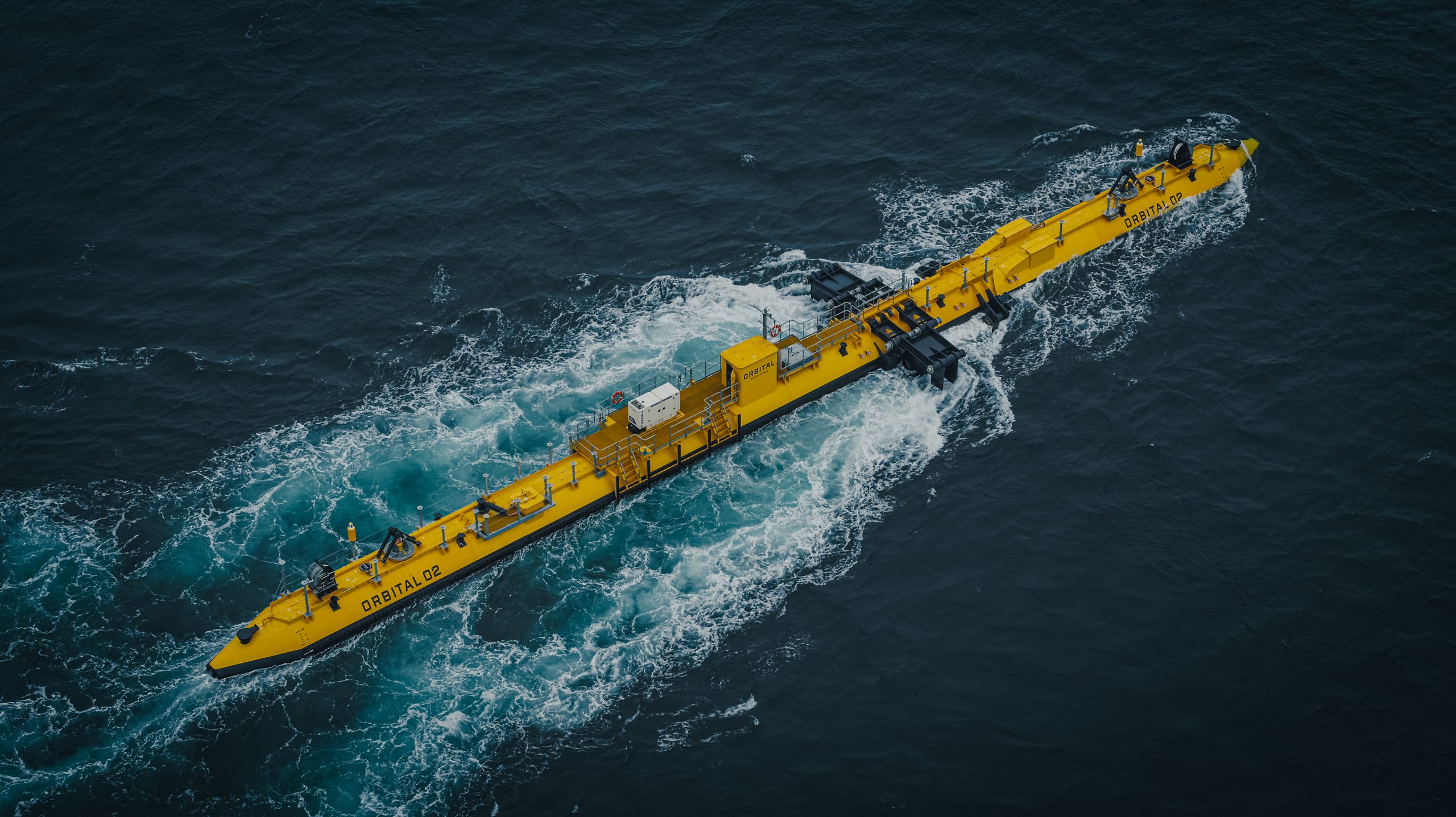
A 100% predictable clean energy source
Tidal currents are caused by the gravitational forces of the sun and the moon, and are particularly concentrated in narrow bodies of water, such as around islands or inlets. With an estimated global resource of 800-1200 TWh, tidal energy will contribute significantly to the decarbonisation of our energy systems.
It is possible to predict tidal energy production hundreds of years in advance. Tidal currents are not influenced by weather conditions, but only by the well-known cycles of the moon, sun and earth. This long-term predictability makes tidal energy one of the most reliable sources of renewable energy available. It has a crucial role to play in a 100% renewables-powered Europe, as it is instrumental in guaranteeing an electricity baseload and balancing the grid.
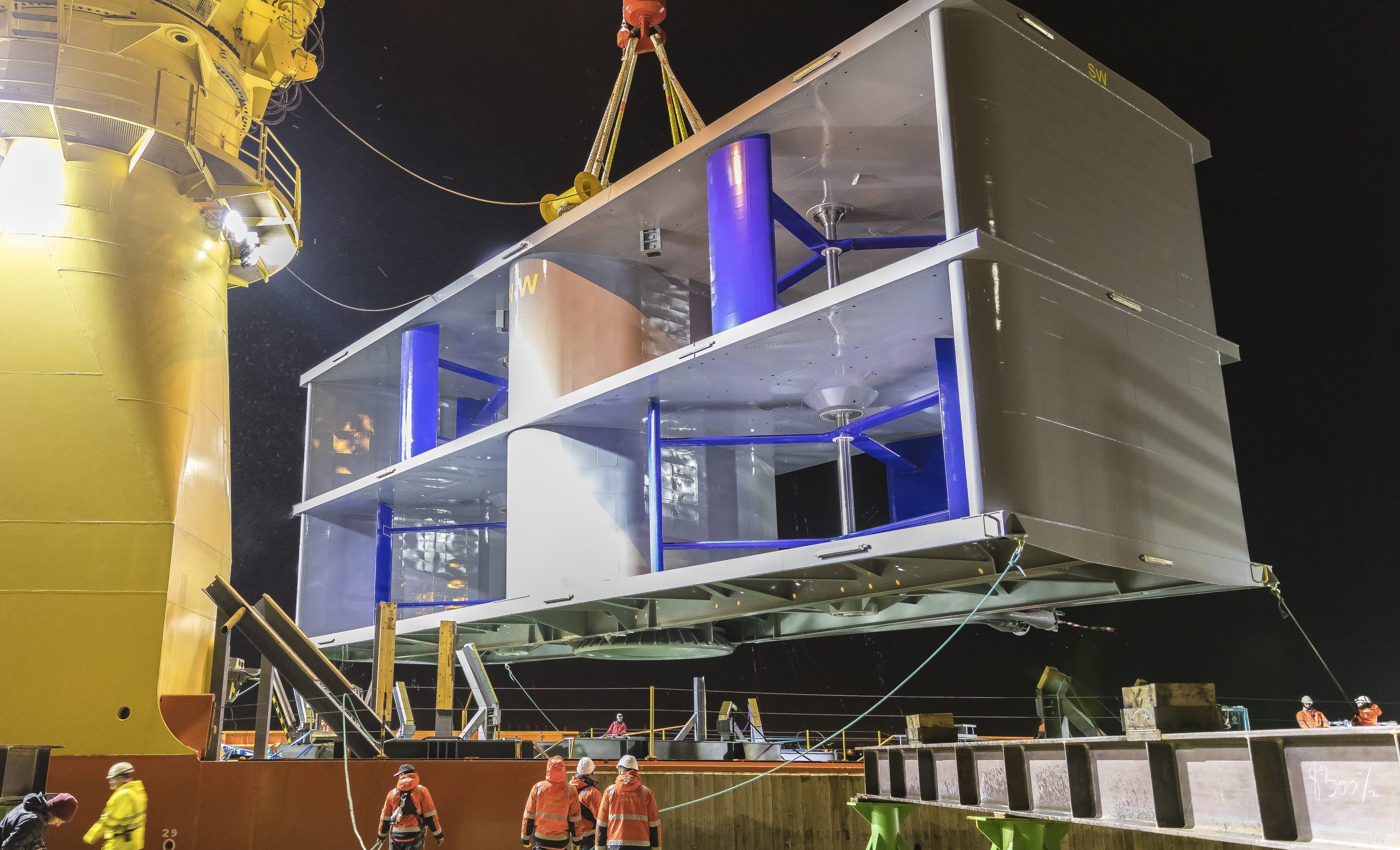
How does it work?
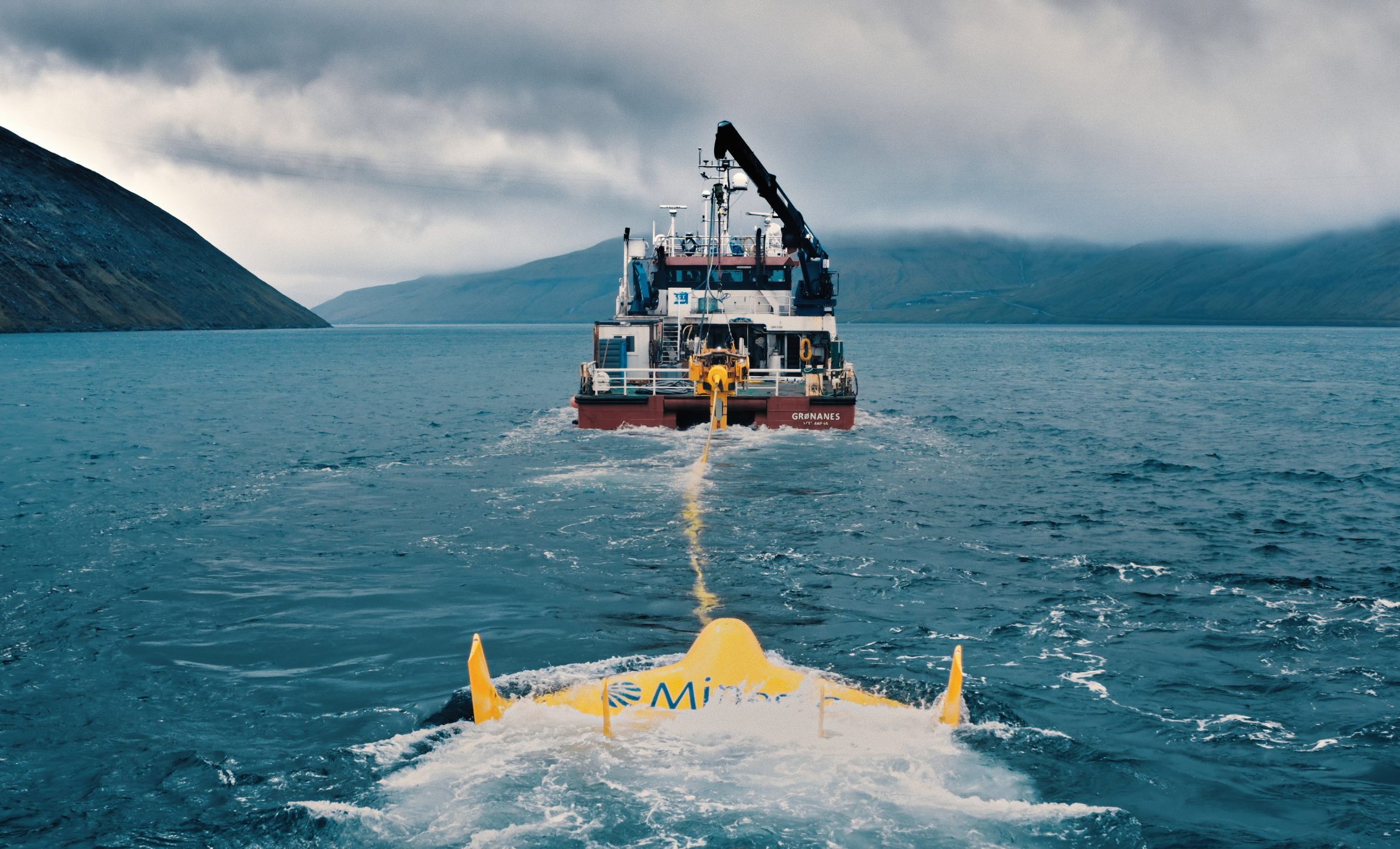
Tidal current technology
Tidal turbines can be fixed to the seabed, or float nearer the surface with moorings attached to the seafloor.
The most common type of tidal energy technology is the horizontal-axis turbine. The rotors of a horizontal-axis turbine are turned by the tidal currents, much like a wind turbine’s blades would be turned by the wind.
Other designs include the vertical-axis turbine and the tidal kite. The vertical-axis turbines work under the same principles as horizontal-axis turbines, but are oriented vertically. A tidal kite is tethered to the seabed, and ‘flies’ through the water with a turbine attached below its ‘wing’ to generate power from the motion. Tidal kites can also be used effectively in areas with slower tidal flows.
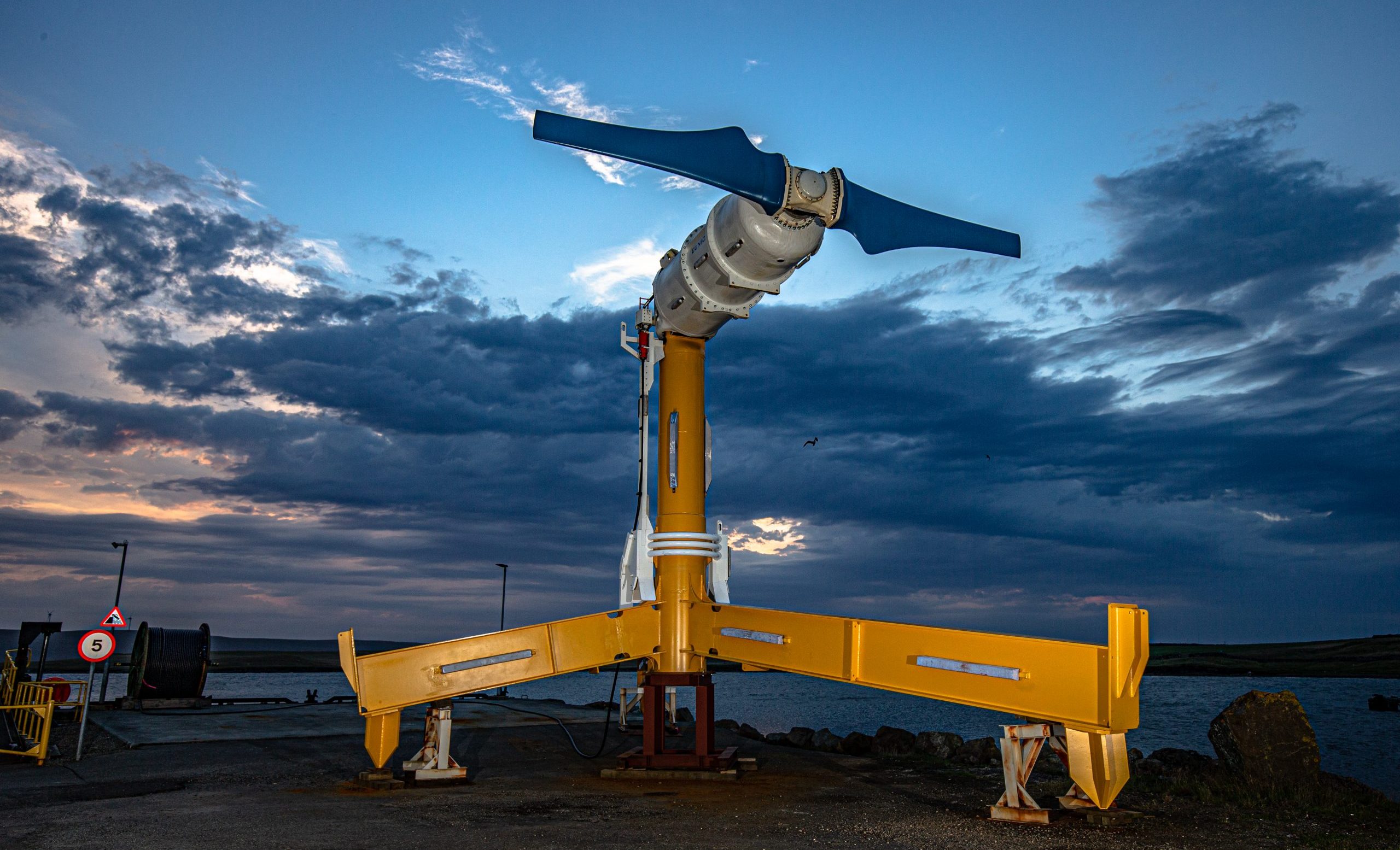
Ready for take-off
The tidal current sector is currently taking off, as the first pre-commercial tidal current farms hit the water around Europe.
In 2016, the MeyGen Project and the Shetland Tidal Array became the world’s first operational tidal farms. In 2018, Orbital Marine Power’s SR2000 tidal turbine – the world’s most powerful tidal energy device – broke previous records for power export to the grid. These developments are setting the scene for increased activity in the coming years, which will allow tidal energy to reach utility scale and drive down costs.
Towards the end of 2022, the European tidal current sector reached 80 GWh of cumulative power produced. Tidal power production is expected to accelerate with the deployment of pilot farms scheduled for 2023 and beyond.
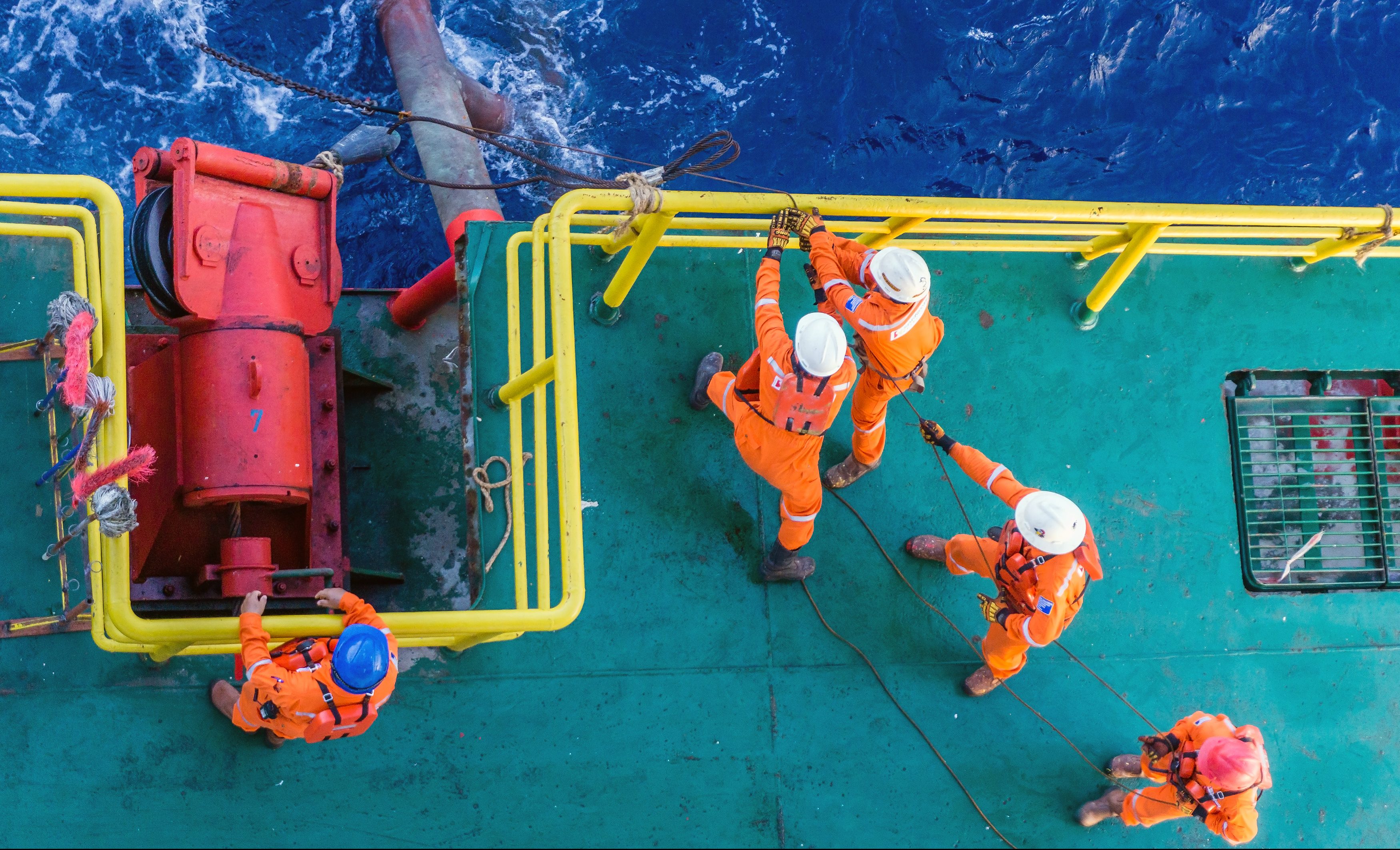
Tidal range technology
Tidal range technology, despite also using tides to produce electricity, is a completely separate technology from tidal stream devices. Instead of harnessing the flow of tidal currents, tidal range installations produce energy from the difference in sea levels between high and low tides.
Tidal range operates on the same principle as hydropower, requiring a dam or barrier to hold a large body of water. The difference between the water height inside and outside the impounded area causes water to be discharged from one side to the other. This water is forced through turbines inside the structure, producing power.
